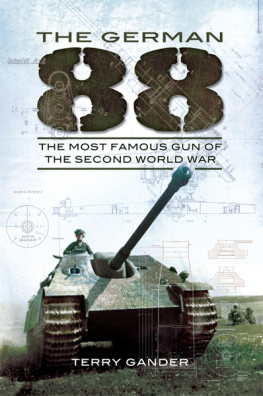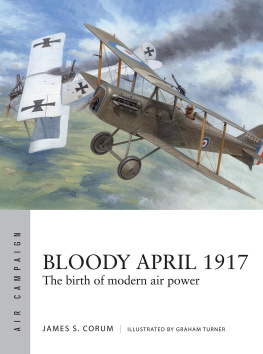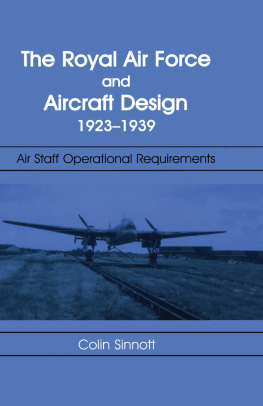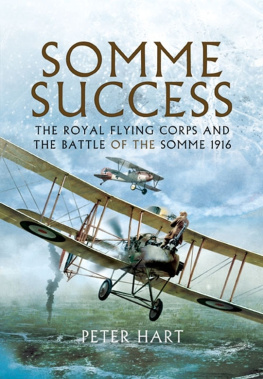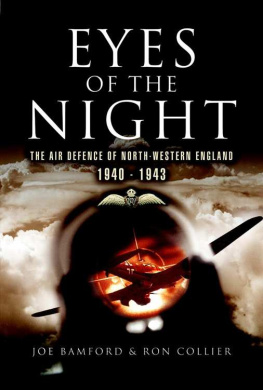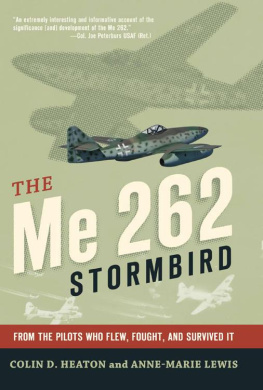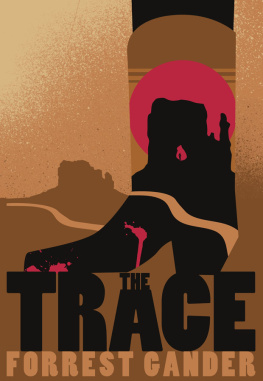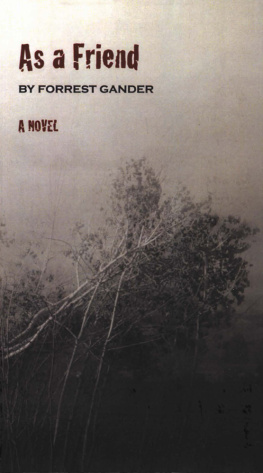First published in Great Britain by
PEN AND SWORD MILITARY
an imprint of
Pen and Sword Books Ltd
47 Church Street
Barnsley
South Yorkshire S70 2AS
Copyright Terry Gander, 2013
ISBN: 978 1 78346 202 5
PDF ISBN: 978 1 47383 680 8
EPUB ISBN: 978 1 47383 504 7
PRC ISBN: 978 1 47383 592 4
The right of Terry Gander to be identified
as the author of this work has been asserted by him
in accordance with the Copyright, Designs and Patents Act 1988.
A CIP record for this book is available from the British Library.
All rights reserved. No part of this book may be reproduced or transmitted
in any form or by any means, electronic or mechanical including
photocopying, recording or by any information storage and retrieval
system, without permission from the Publisher in writing.
Printed and bound in England by
CPI Group (UK) Ltd, Croydon, CR0 4YY
Typeset in Times by CHIC GRAPHICS
Pen & Sword Books Ltd incorporates the imprints of
Pen & Sword Books Ltd incorporates the imprints of Pen & Sword
Archaeology, Atlas, Aviation, Battleground, Discovery,
Family History, History, Maritime, Military, Naval, Politics,
Railways, Select, Social History, Transport, True Crime, and
Claymore Press, Frontline Books, Leo Cooper, Praetorian Press,
Remember When, Seaforth Publishing and Wharncliffe.
For a complete list of Pen and Sword titles please contact
Pen and Sword Books Limited
47 Church Street, Barnsley, South Yorkshire, S70 2AS, England
E-mail:
Website: www.pen-and-sword.co.uk
Contents
Preface
The first edition of The 40mm Bofors Gun was published back in 1986. It was published to mark the fiftieth anniversary of the Model 1936 Bofors Gun which became one of the most famous and widely used artillery pieces of all time. As the contents of this book will show, the Bofors Gun shows no sign of fading from the defence scene, for in the second decade of the twenty-first century the Bofors Gun continues to perform many roles, some of which would have not have been thought possible by the AB Bofors designers of the early 1930s and which were not even contemplated back in 1986. The 40mm Bofors Gun is now allied to electronic and other technological marvels that were mere pipe dreams only a few years ago.
The 40mm Bofors Gun entered the international defence market during an era when its primary quarry, the military aircraft, was still a slow and fragile machine that could be terminally damaged by a single hit from a 40mm projectile. Despite all the recent increases in target speed and other performance parameters, the Bofors Gun can still inflict a one-hit kill on almost any aircraft, helicopter or guided missile it might engage, but these days the Bofors Gun is almost always deployed as part of a weapon system. Within that system the various target sensors, numerous black boxes and even the ammunition are now every bit as important as the gun, to the extent that the basic gun is reduced to being just a component. However, being the weapon delivery part of the system it continues to maintain its importance. What is really remarkable is that under all the black boxes and other adjuncts of any modern weapon system, the fundamentals of todays Bofors Guns remain virtually unchanged from the very first examples that came off the Karlskoga production line.
New roles have been found for the basic gun. In recent years it has found a new lease of life as the main weapon for a series of armoured vehicles. Other guns continue to find viable roles as air defence weapons for naval and land platforms and the basic guns versatility has even found air-to-ground applications, completely reversing its original function as a ground-to-air weapon. In all its forms the 40mm Bofors Gun continues to be a sound, reliable, sturdy and lethal piece of military hardware that has given good service to gunners all over the world. The Bofors Gun has become a familiar piece of kit to numerous generations of military personnel and has become so familiar that the 40mm Bofors Gun is known to all and sundry simply as the Bofors Gun, despite the design being but one of very many artillery products that have carried the AB Bofors label. There has even been a play, later expanded into a motion picture, bearing the title of The Bofors Gun.
There continues to be something remarkable about a gun that entered service so long ago and yet continues to extend its service life into the foreseeable future. Considering the importance of the Bofors Gun to the artillery world at large, the 1986 edition of this book was something of a lone voice regarding the remarkable history of the Bofors Gun yet since then much more has come to light regarding the many different owners and forms of the gun. That first edition was restricted in size and scope by various considerations, not the least of them being page space, so much that might have been included then had to be omitted. This latest production is not a mere rehash of the earlier editions contents but is a complete re-write that enables us to expand an extraordinary story still further and re-emphasise the achievements of those AB Bofors designers that gave rise to one of the most significant artillery products of the twentieth (and twenty-first) century.
Acknowledgements
The author of this book is more than aware that this edition is the work of numerous individuals. Numerous inputs have been made by many people, not the least of them being the many members of the AB Bofors organisation (now BAE Systems Bofors AB) who gave freely of their knowledge and experience accumulated over many years. Sadly, their numbers are now dwindling but their considerable assistance and support must be marked by my continued appreciation of all their past efforts
Special thanks for much of the content of this book, both pictorial and written, are due to Svein Wiiger Olsen. His input to this work has been prodigious and freely given, as has long distance access to his extensive library. Thanks are also due to Chris Foss, the late Peter Chamberlain and Michel van Best for their considerable assistance. Many others will recognise their contributions.
Terry Gander
Alderney. July 2013
Chapter 1
Beginnings
The name Bofors originally related to a small, unremarkable community located on what was known as the Boo estate not far from the then small mining town of Karlskoga, itself located in the province of Vrmland to the west of the Swedish capital, Stockholm. Bofors was of little concern to anyone other than the inhabitants and their close neighbours until 1646. During November of that year a local artisan, Paul Hossman, was granted a royal charter to construct a forge and foundry in Bofors. From these modest beginnings grew the mighty industrial monolith of AB Bofors, a concern that, although the name has changed, still looms large on the international defence industry scene, although it no longer concentrates its activities on artillery products.
Little of note outside the immediate locality happened at Bofors until the nineteenth century. Yet by the middle of that century the concern had gradually expanded until it was the largest producer of steel roll bar stock in Sweden. By gradually taking other Swedish steel makers (and other metallurgical concerns) under its wing, in 1873 the position was reached when the business became a joint stock company with the title of Aktiebolaget Bofors-Gullspng, generally known as AB Bofors. Since then the corporate name has undergone several changes, at one time assuming the banner of Swedish Ordnance, but the name Bofors was considered so valuable as an identification and marketing device that it still survives in the current name (at the time of writing) of BAE Systems Bofors AB.
Following their 1878 acquisition of the French Martin cast steel process, during 1883 AB Bofors made the momentous decision to enter the armaments business with the manufacture of ten coast defence guns for the Swedish Admiralty. Those guns, the
Next page

